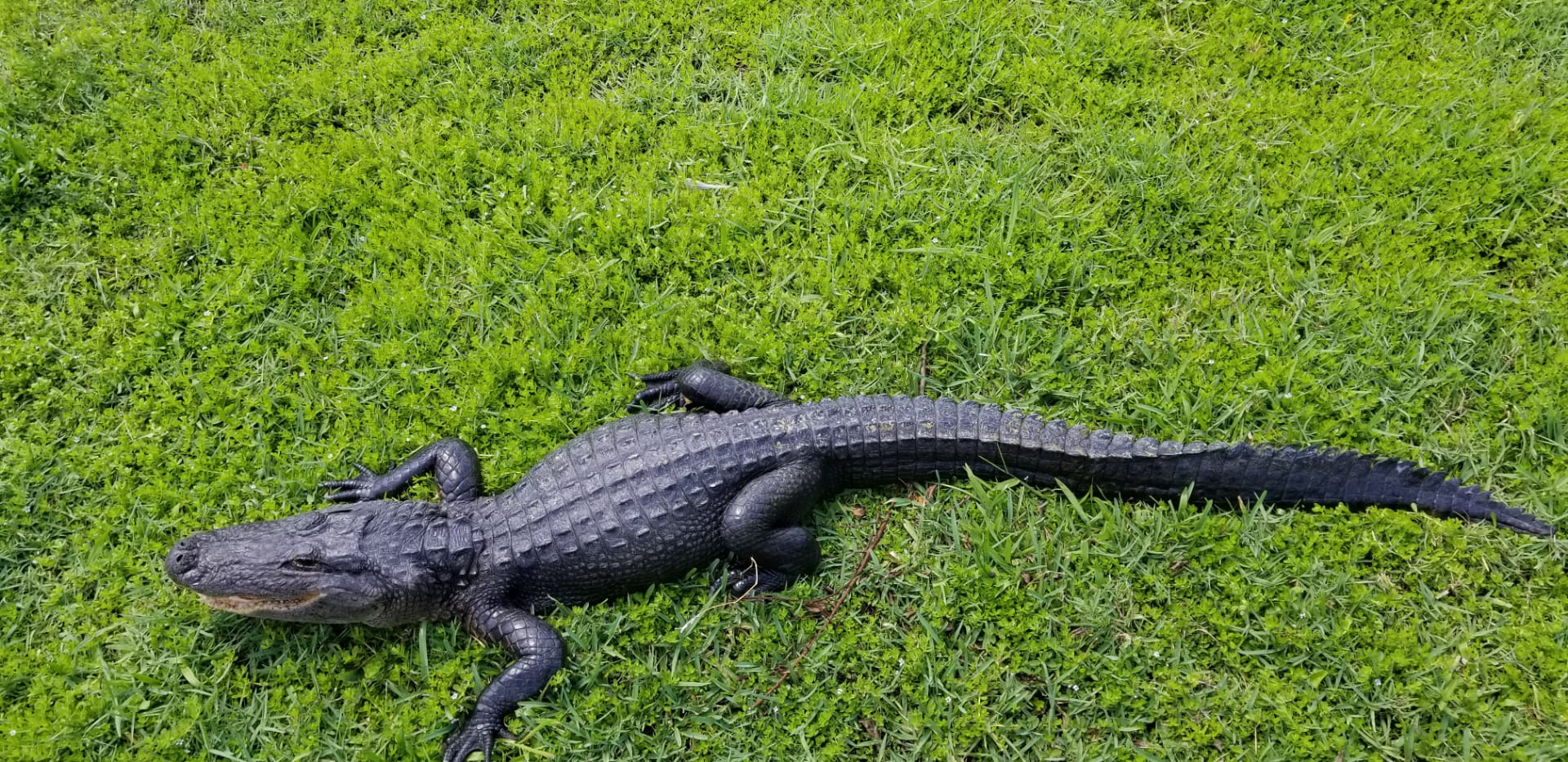Juvenile (organism) on:
[Wikipedia]
[Google]
[Amazon]
 A juvenile is an individual
A juvenile is an individual 
 A juvenile is an individual
A juvenile is an individual organism
In biology, an organism () is any living system that functions as an individual entity. All organisms are composed of cells ( cell theory). Organisms are classified by taxonomy into groups such as multicellular animals, plants, and fu ...
that has not yet reached its adult
An adult is a human or other animal that has reached full growth. In human context, the term ''adult'' has meanings associated with social and legal concepts. In contrast to a " minor", a legal adult is a person who has attained the age of maj ...
form, sexual maturity or size. Juveniles can look very different from the adult form, particularly in colour, and may not fill the same niche
Niche may refer to:
Science
*Developmental niche, a concept for understanding the cultural context of child development
* Ecological niche, a term describing the relational position of an organism's species
*Niche differentiation, in ecology, the ...
as the adult form. In many organisms the juvenile has a different name from the adult (see List of animal names).
Some organisms reach sexual maturity in a short metamorphosis
Metamorphosis is a biological process by which an animal physically develops including birth or hatching, involving a conspicuous and relatively abrupt change in the animal's body structure through cell growth and differentiation. Some inse ...
, such as eclosion in many insect
Insects (from Latin ') are pancrustacean hexapod invertebrates of the class Insecta. They are the largest group within the arthropod phylum. Insects have a chitinous exoskeleton, a three-part body ( head, thorax and abdomen), three pa ...
s. For others, the transition from juvenile to fully mature is a more prolonged process—puberty
Puberty is the process of physical changes through which a child's body matures into an adult body capable of sexual reproduction. It is initiated by hormonal signals from the brain to the gonads: the ovaries in a girl, the testes in a ...
in humans and other species, for example. In such cases, juveniles during this transformation are sometimes called subadults.
Many invertebrate
Invertebrates are a paraphyletic group of animals that neither possess nor develop a vertebral column (commonly known as a ''backbone'' or ''spine''), derived from the notochord. This is a grouping including all animals apart from the chorda ...
s, on reaching the adult stage, are fully mature and their development and growth stops. Their juveniles are larva
A larva (; plural larvae ) is a distinct juvenile form many animals undergo before metamorphosis into adults. Animals with indirect development such as insects, amphibians, or cnidarians typically have a larval phase of their life cycle.
...
e or nymphs.
In vertebrate
Vertebrates () comprise all animal taxa within the subphylum Vertebrata () ( chordates with backbones), including all mammals, birds, reptiles, amphibians, and fish. Vertebrates represent the overwhelming majority of the phylum Chordata, with ...
s and some invertebrates (e.g. spider
Spiders (order Araneae) are air-breathing arthropods that have eight legs, chelicerae with fangs generally able to inject venom, and spinnerets that extrude silk. They are the largest order of arachnids and rank seventh in total species ...
s), larval forms (e.g. tadpoles) are usually considered a development stage of their own, and "juvenile" refers to a post-larval stage that is not fully grown and not sexually mature. In amniote
Amniotes are a clade of tetrapod vertebrates that comprises sauropsids (including all reptiles and birds, and extinct parareptiles and non-avian dinosaurs) and synapsids (including pelycosaurs and therapsids such as mammals). They are dis ...
s, the embryo
An embryo is an initial stage of development of a multicellular organism. In organisms that reproduce sexually, embryonic development is the part of the life cycle that begins just after fertilization of the female egg cell by the male spe ...
represents the larval stage. Here, a "juvenile" is an individual in the time between hatching/birth/germination and reaching maturity.

Examples
* For animal larval juveniles, seelarva
A larva (; plural larvae ) is a distinct juvenile form many animals undergo before metamorphosis into adults. Animals with indirect development such as insects, amphibians, or cnidarians typically have a larval phase of their life cycle.
...
* Juvenile birds or bats can be called fledglings
* For human juvenile life stages, see childhood and adolescence
Adolescence () is a transitional stage of physical and psychological development that generally occurs during the period from puberty to adulthood (typically corresponding to the age of majority). Adolescence is usually associated with the ...
, an intermediary period between the onset of puberty
Puberty is the process of physical changes through which a child's body matures into an adult body capable of sexual reproduction. It is initiated by hormonal signals from the brain to the gonads: the ovaries in a girl, the testes in a ...
and full physical, psychological, and social adulthood
References
Developmental biology {{Developmental-biology-stub pt:Filhote